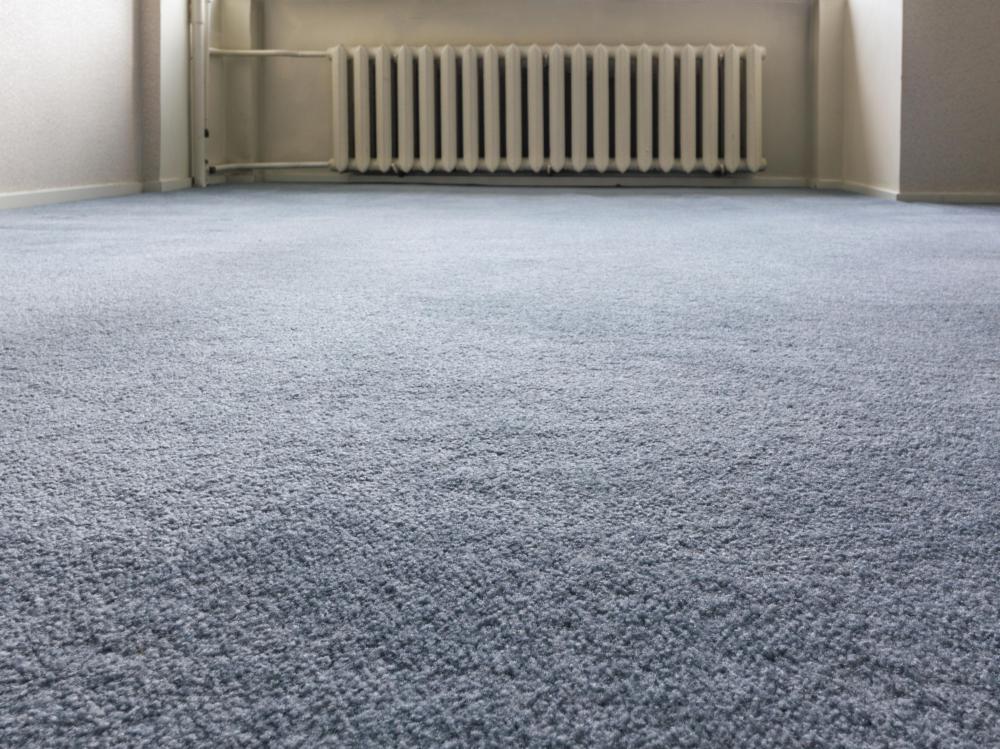Little Known Facts About Carpet Plano.
Table of ContentsSome Known Details About Carpet Plano Tx The Facts About Plano Carpet RevealedA Biased View of Plano CarpetUnknown Facts About Carpet Plano Tx
It works to compare the initial Turkmen tribal carpets and the rugs produced in great deals for export in the 2000s, generally in Pakistan and Iran. The original Turkmen carpets were produced by the Turkmen people who are the primary ethnic group in Turkmenistan and are likewise discovered in Afghanistan and Iran.Oriental carpets began to appear in Europe after the Crusades in the 11th century, due to contact by Crusaders with Eastern traders. Up until the mid-18th century they were mainly utilized on walls and tables. Other than in royal or ecclesiastical settings they were thought about too valuable to cover the flooring (carpet plano tx). Beginning in the 13th century oriental carpets begin to appear in paintings (notably from Italy, Flanders, England, France, and the Netherlands).
Although isolated circumstances of carpet production pre-date the Muslim invasion of Spain, the Hispano-Moresque examples are the earliest considerable body of European-made carpets. Documentary proof reveals production beginning in Spain as early as the 10th century AD. The earliest extant Spanish carpet, the so-called Synagogue carpet in the Museum of Islamic Art, Berlin, is a distinct survival dated to the 14th century.
The variety of this style was examined most thoroughly by May Beattie. Many of the 15th-century, Spanish carpets rely greatly on styles originally established on the Anatolian Peninsula. [] Carpet production continued after the Reconquest of Spain and ultimate expulsion of the Muslim population in the 15th century. 16th-century Renaissance Spanish carpet design is a derivative of silk fabric design.
The Basic Principles Of Carpet Plano Tx
Throughout the Moorish (Muslim) period production took place in Alcaraz in the province of Murcia, in addition to being taped in other towns. Carpet production after the Christian reconquest continued in Alcaraz while Cuenca, very first tape-recorded as a weaving centre in the 12th century, became increasingly essential, and was dominant in the 17th and early 18th century.
Cuenca was closed down by the royal degree of Carlos IV in the late 18th century to stop it taking on the new workshop. Madrid continued as a weaving centre through to the 20th century, producing vibrantly coloured carpets many of whose designs are highly influenced by French carpet design, and which are frequently signed (on celebrations with the monogram MD; also often with the name Stuyck) and dated in the outer stripe.
(Serbian:, Pirotski ilim) refers to a variety of flat tapestry-woven carpets or carpets traditionally produced in Pirot, a town in southeastern Serbia. Pirot kilims with some 122 accessories and 96 various types have been secured by geographical sign in 2002. They are one of the most crucial traditional handicrafts in Serbia.
This custom was revived in 2011 when Pirot kilims were reintroduced for state events in Serbia. Carpet weaving in Pirot go back to the Middle Ages. [] One of the very first mentions of the Pirot kilim in written sources date to 1565, when it was stated that the ajkai boats on the Danube and Drava were covered with Pirot kilims.
Things about Carpet Plano
:max_bytes(150000):strip_icc()/8-56a2fc1d3df78cf7727b67da.jpg)
" The finest item of the nation is the Pirot carpet, worth about 10 shillings a square metre. The styles are extremely pretty, and the rugs, without being so heavy as the Persian, or two ragged and little in the web and weft as Caramanian, wear for ever. The manufacture of these is almost totally confined to Pirot.
Coming from the homonym to the today's Turkish settlement of arky in Thracia, which had no established carpet making tradition, arkys are typically wrongly ascribed to stem from Turkey. Also in the carpet selling industry, arky are mostly identified as being of oriental or Turkish origin as to much easier sell them to non familiar consumers as they choose carpet with putative asian origin.
Later they have been likewise produced in Knjaevac and Caribrod. The Chiprovtsi carpet () is a type of handcrafted carpet with two absolutely similar sides, part of Bulgarian national heritage, traditions, arts and crafts. Its name is originated from the town of Chiprovtsi where their production started in the 17th century.
Some Known Factual Statements About Carpet Stores Plano
The western traveller Ami Bou, who visited Chiprovtsi in 18361838, reported that "generally young women, under shelters or in corridors, take part in carpet weaving (carpet installation plano). They earn just five francs a month and the payment was even lower prior to". By 1868, the yearly production of carpets visit their website in Chiprovtsi had gone beyond 14,000 square metres. [] In 1896, practically 1,400 women from Chiprovtsi and the region were taken part in carpet weaving.
the carpet (kilim) market remains dominant in the town. Carpets have actually been crafted according to conventional styles, however in recent years it depends on the consumers to decide the pattern of the carpet they have actually purchased. The production of a single 3 by 4 m (9. 8 by 13. plano carpet.

In 1608 Henry IV initiated the French production of "Turkish style" check this carpets under the instructions of Pierre DuPont. This production was soon relocated to the Savonnerie factory in Chaillot simply west of Paris. The earliest, well-known group produced by the Savonnerie, then under the instructions of Simon Lourdet, are the carpets that were produced in the early years of Louis XIV's reign.